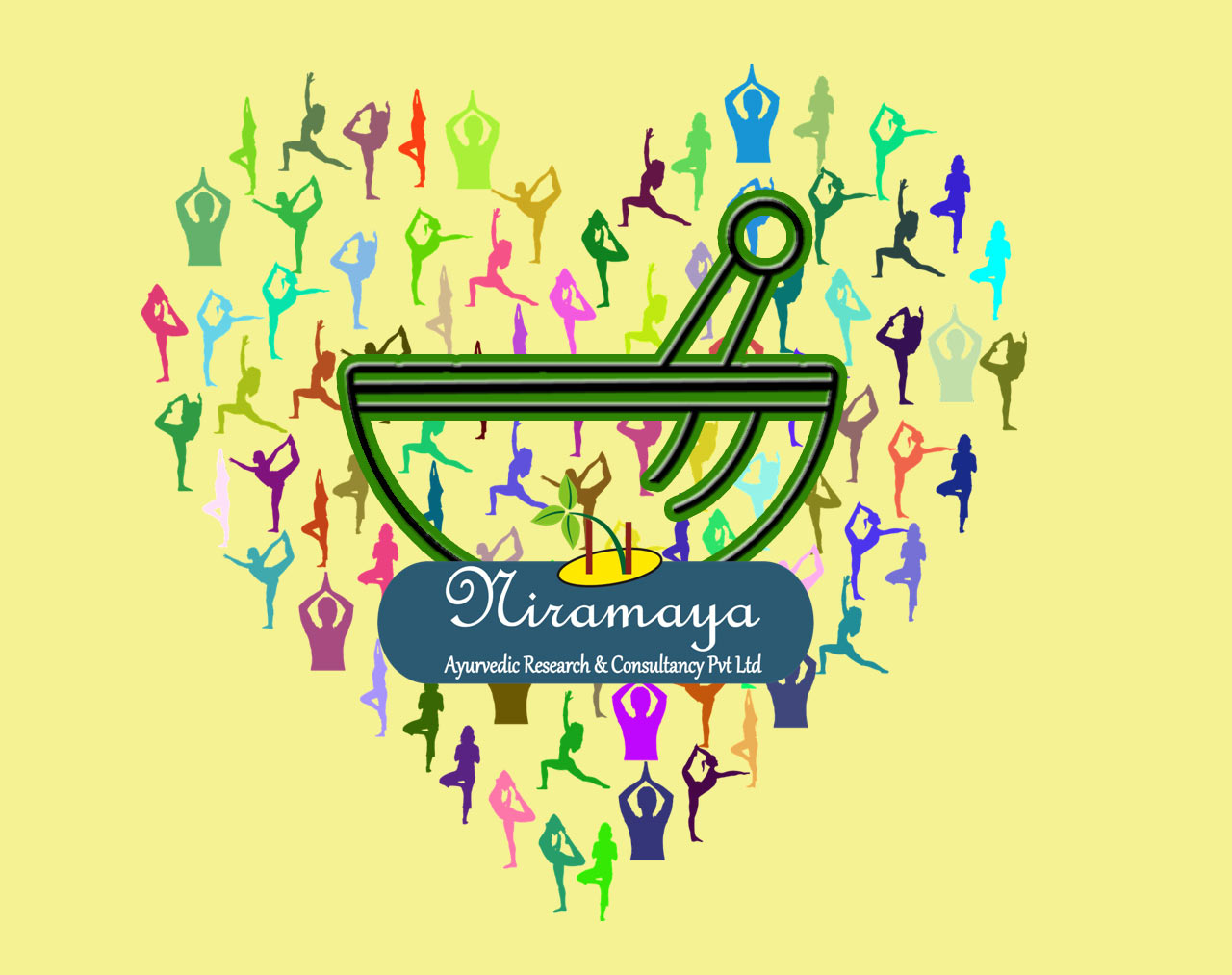(4 years ago)
Yoga and Ayurveda
By Vaidya Sushrut Gadgil10223 743 1
The ancient Indian sciences are always transcendental among all the philosophical sciences in the world. The beauty of these is they are inclined towards humanity and have close relation with the nature. The cause and effect relationship in these sciences is so excellent that in any period it is true for all circumstances. The final destination of each Indian philosophical science is to achieve salvation. Various methods are used to achieve this salvation and are discussed under various concepts.
The Yoga is constraint of Chittavrutti that is constraint of Avidya, Asmita, Raga, Dwesh and Abhinivesh. Abhyas and Vairagya are responsible for the constraint. The control over the mind is the basic requirement to attain the state of a Yogi. This control gets well established by following the Ashtang Yoga which is explained by Patanjali Muni. It is observed that all the focus of the Yoga Shastra in upcoming era is on Asanas and Pranayama. Nobody is interested in the first two Anga ofYogas that is Yama and Niyama; also there are limitations for practicing of Pratyahara, Dharana, Dhyana and Samadhi.The sequence of the AshtangaYga is very specific and it should be followed as it is mentioned in the original text. The benefits of the Asanas are used in today’s era as therapeutic Yoga and are well practiced throughout the world. The Yoga Shastra has tremendous capacity to control over mind, to increase the SatwaGuna in the body and thus helps to maintain the healthy status of the mind. Thus for regulation for mind control Yoga Shastra is much beneficial.
The body is made up of Sharira, Indriya, Satwa and Atma. The knowledge about life and its components is provided through Ayurveda. The Dharma, Artha, kama and Moksha are four Purusharthas which are explained in Ayurveda. Being a DarshanShastra,Auyrved has also final aim of Moksha that is salvation. For this achievement, the body and mind should be healthy and these healthy regimens are explained in detail as Swasthavritta in Ayurveda.The main purpose of Ayurveda is to maintain the healthy status of the individual throughout the life. To remain healthy the ideal daily routine (Dinacharya) and the seasonal routine (Rutucharya) is described in Ayurveda. The Doshas get vitiated according to the season and hence to eliminate them from the body Shodhana procedures (Panchakarma) are indicated in specific seasons. The benefits of these Panchakarma procedures are that it maintains healthy state of an individual and the individual does not get diseases due to the seasonal changes. Ayurveda also takes care of the mental health. The precision in taking the decisions (Buddhi), the courage (Dhairya) and knowledge about self (AtmadiVidnyan) is the supreme treatment to treat mental disorders. There is detail explanation of the Ahar or food and the regulations regarding consumption of the food. The human body is made up of the food we eat and thus AhitakaraAhar leads to diseases. Eating proper food at proper timings in proper quantity leads to the healthy state. Thus in every way Ayurveda provides the solutions to maintain the healthy status throughout the life.
These two sciences have excellent properties in maintaining the physical and mental health. The Yoga Shastra maintains health by Ashtang Yoga and Ayurveda maintains it by application of Swasthavitta and Sadvritta. These two when worked together can provide an excellent solution to fight against diseases and to maintain health. On this occasion of ‘International Yoga day’ everyone should understand the importance of these two sciences and everyone should work together to take the advantages of these two sciences.Let’s make a vow to inculcate the Yoga practices and to follow AyurvedicSwasthavritta regulations in our day to day life. Let’s work together to build a healthy and peaceful nation by using such a great knowledge from our own Indian traditional system.
Comments

